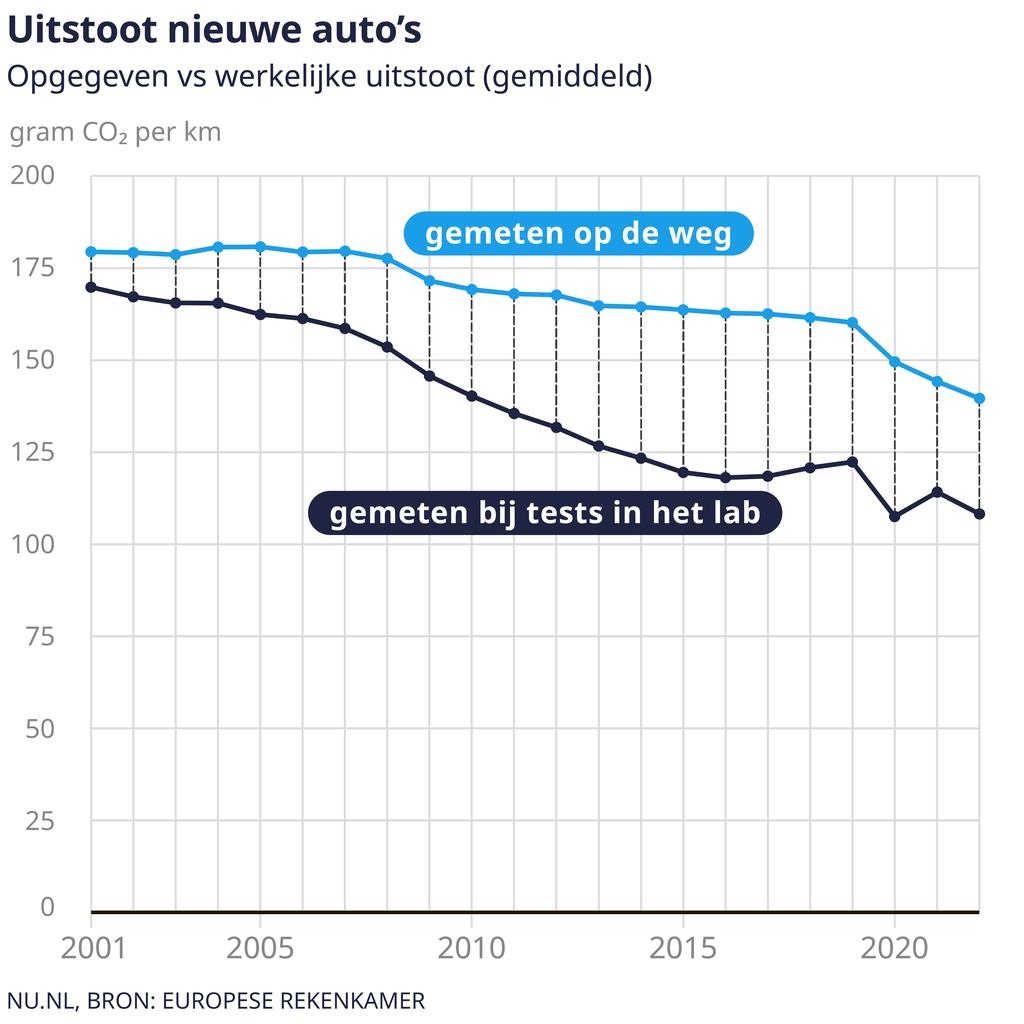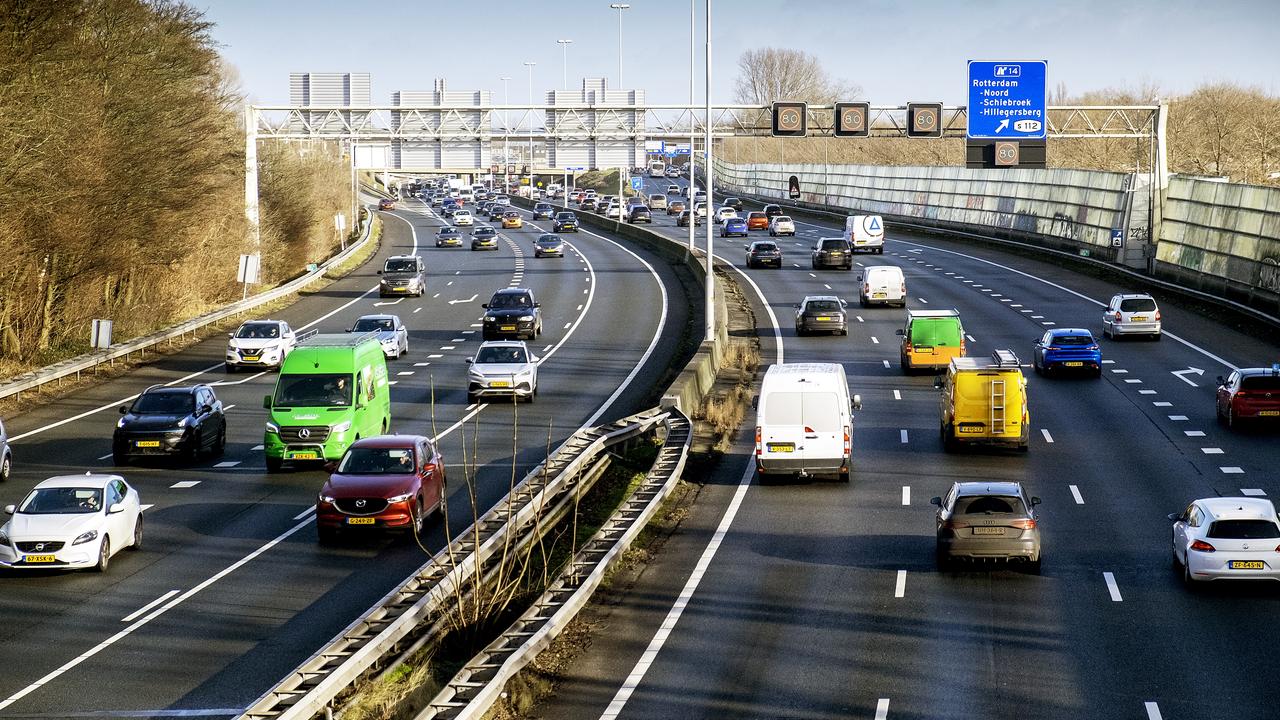Passenger cars in the European Union emit much more carbon dioxide than manufacturers claim. After Dieselgate, emissions tests improved, but actual emissions on the road are still much higher. As a result, the cars do not meet EU legal requirements.
Since 2021, new passenger cars in the EU may emit on average a maximum of 115 grams of CO2 per kilometre. On paper, carmakers have achieved this target, but in practice cars still emit 20 per cent more than permitted, the European Court of Auditors has concluded in a new report.
This time it is not about manipulation during laboratory tests on new cars, but rather the fact that real-world car drivers exhibit different driving behaviors than simulated in the laboratory.
EU auditors rely on information collected by the European Commission since 2021. From that year onwards, the total fuel consumption of all new cars will be recorded, making it possible to check how efficient they are during maintenance.

Hybrids emit much more
After it emerged that Volkswagen was selling “cheap diesel”, the EU actually turned to improving laboratory testing of passenger cars. These measures ensured that the gap between performance in the laboratory and performance on the road was reduced by half, according to the Audit Bureau.
But cars still emit more in real life than in a test situation. Remarkably, this now applies to petrol cars (23.7 percent) more than diesel cars (18.1 percent). Hybrid cars, which can also be charged with a plug, are the best: in practice, they emit at least 3.5 times as much as manufacturers promise.
This is because owners of these cars use the battery much less than was assumed when compiling the efficiency figures. In practice, hybrid cars run “naturally” on gasoline more often than expected. This is especially true for company cars: if the boss pays for the fuel, there’s no reason for employees to charge the battery.
By the end of 2026, the European Commission must determine how to use “real” emissions figures to improve laboratory testing and improve CO2 standards in the future.
E-car sales should be faster
Between 2009 and 2019, the Court of Audit noted that the actual emissions of the European vehicle fleet barely decreased. At that time, manufacturers were mainly interested in improving their results in the laboratory, when in reality the efficiency was not improving. Cars also became heavier and stronger, and required more fuel.
Since 2020, the actual emissions of the European vehicle fleet have begun to decline. This is due to the rise of electric cars, which now account for more than 10 percent of new car sales in Europe.
However, the Court of Auditors points out that these sales are not occurring fast enough to meet European CO2 targets. To achieve this, it must become cheaper to buy an electric car. European countries must also invest more in charging infrastructure.
Ontvang meldingen bij nieuws
RDW is not adequately achieved
In the investigation, the European Court of Auditors also reprimanded the Dutch company RDW, because the regulatory body did not adequately check the emissions tests of car manufacturers in 2020 and 2021. It appears that RDW was not present at such a test once during these two years, although the agency is supposed to carry out regular supervision. His German counterpart performed much better, conducting more than eighty examinations.
According to the Audit Court, “no alarm bells were rung” about the reliability of the data. But to maintain confidence in emissions testing, regulatory bodies must get their duties right.
An RDW spokesperson attributes the lack of physical examinations in 2020 and 2021 to the coronavirus pandemic. According to him, the examinations were conducted remotely. “Once travel was possible again, we visited the manufacturers we work with again.”

“Lifelong zombie fanatic. Hardcore web practitioner. Thinker. Music expert. Unapologetic pop culture scholar.”








